- Home
- Fishing Techniques
- Paravane
Use a Trolling Paravane - or Maybe a Planer - to Get Your Lure Down Deeper
A trolling paravane is a plastic device that works like an inverted wing, diving deeper as boat speed increases and dragging your lure down to a greater depth than it would otherwise achieve.
They're attached between the main line and the leader, where your trolling sinker would otherwise be.
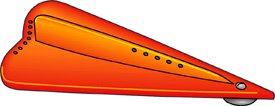 Alternative attachment points on a plastic paravane
Alternative attachment points on a plastic paravaneOn some models, like the one shown here, there's a choice of attachment positions, the furthest aft producing the steepest diving angle and vice versa.
Similarly, there's a choice of attachment points on the trailing edge, which can be used to pull the lure off to port or starboard - very useful to get some separation when trolling two lines.
The leader should be around 7m (23 feet) long to prevent the turbulence created by the device from spooking the fish.
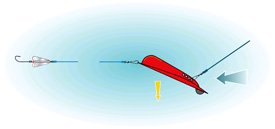 Dragging it ahead forces it to dive deeper
Dragging it ahead forces it to dive deeperMost designs are ballasted by a moulded lead weight attached to the forward end.
They capsize when a fish strikes the lure, converting the 'dive' effect to 'climb', which brings the fish to the surface where you'll see it splashing about astern.
Using a Paravane
They're at their best when trolling small lures at moderate speeds.
The smaller 50g versions are best for trolling light lures at around 2knots or so, while the larger 150g versions work well at up to 5knots or so and will your lure down deeper.
But they have their limitations; tow them too quickly and they'll become unstable and capsize, and similarly, the drag of too large a lure will immediately cause them to trip.
So then, what now?
Use a planer!
Planers are bigger, heavier and more powerful than their plastic cousins - and dive deeper as a result. You can troll them at much higher speeds and use them with larger offshore lures. And similarly, the faster you troll them the deeper they dive. But only up to a point, after which they call time and dive no further.
A planer will normally set in the dive position upon entering the water, but if it doesn't, or trips unaccountably, it can be reset without having to bring it back in again.
Just snatch in a couple of metres then quickly release it. The resultant slack in the line should allow the planer to nosedive and reset itself. Use the same technique to trip it for retrieval.
Planers of any size can be used with a handline but only the smallest models can be used with a rod, owing to the considerable drag they create. Even so, you may well have to bring the boat to a near-stop before you can haul them in by hand. Consequently, the larger planers are best used with downrigger gear.
Recent Articles
-
Sea Fishing Rods and Reels Must Be Compatible for a Balanced Outfit
Mar 08, 21 08:30 AM
A quality reel fitted to a quality rod doesn't necessarily make it a quality outfit. Your fishing rods and reels have to be properly matched if you're to get the best out of them, and here’s how -
Essential Lure Fishing Tips That All Saltwater Anglers Should Know
Mar 08, 21 04:51 AM
Which single lure fishing tip applies to trolling, jigging, baitcasting, spinning, fly fishing and any other branch of lure fishing? Well, it is the one at the top of this list -
Vital Jig Fishing Tips That You Really Cannot Afford To Miss!
Mar 07, 21 10:20 AM
Essential jig fishing tips to help you select the right lure for successful jig fishing, together with the techniques required to get the most out of your jig fishing outfit












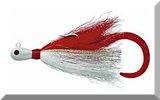
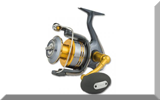
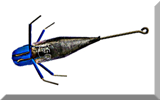
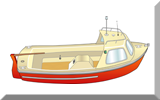
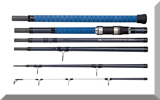
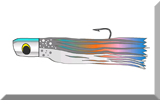
New! Comments
Have your say about what you've just read! Leave me a comment in the box below.